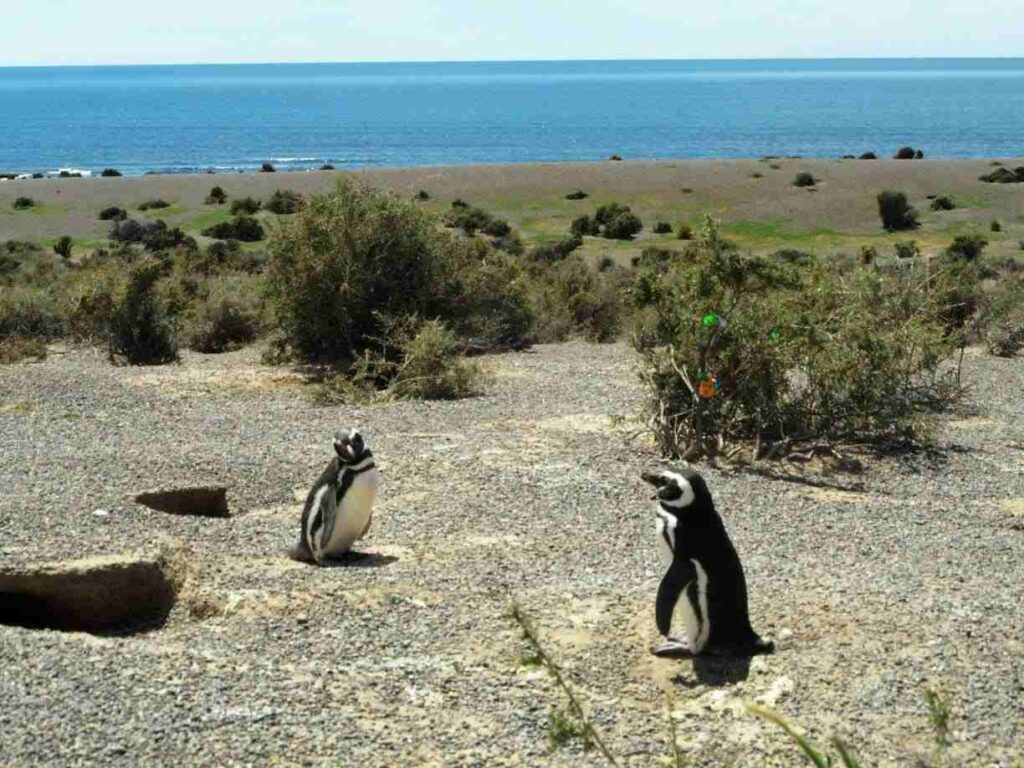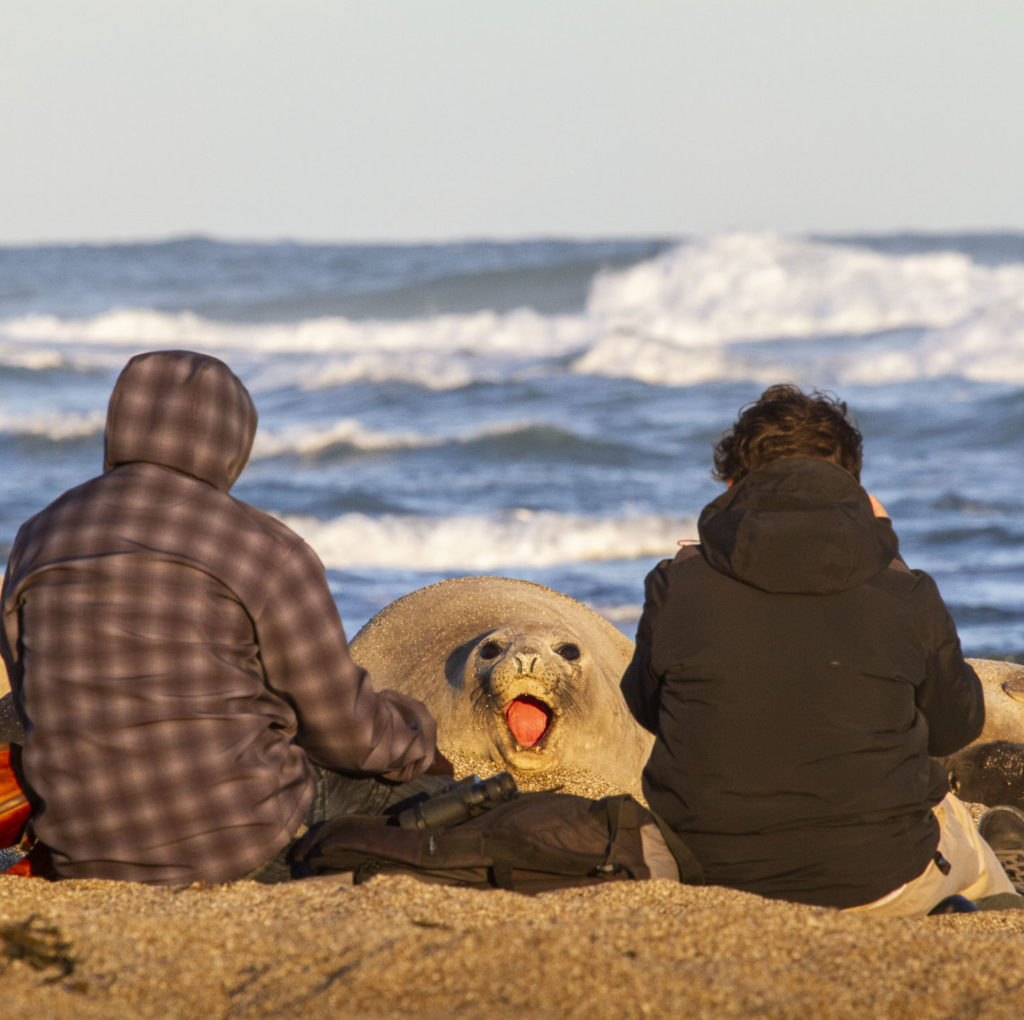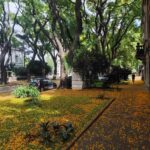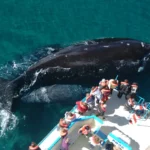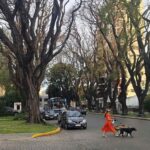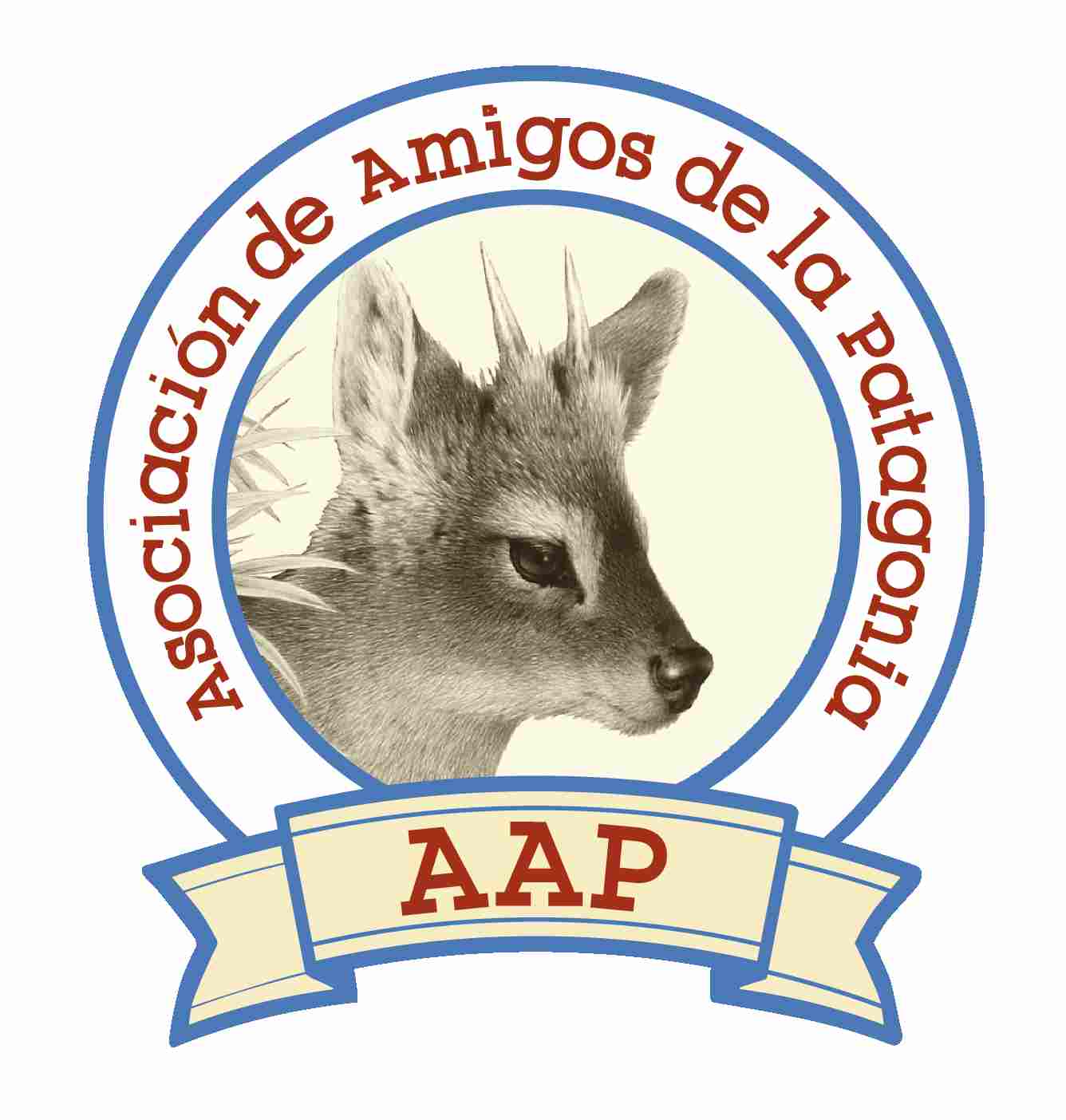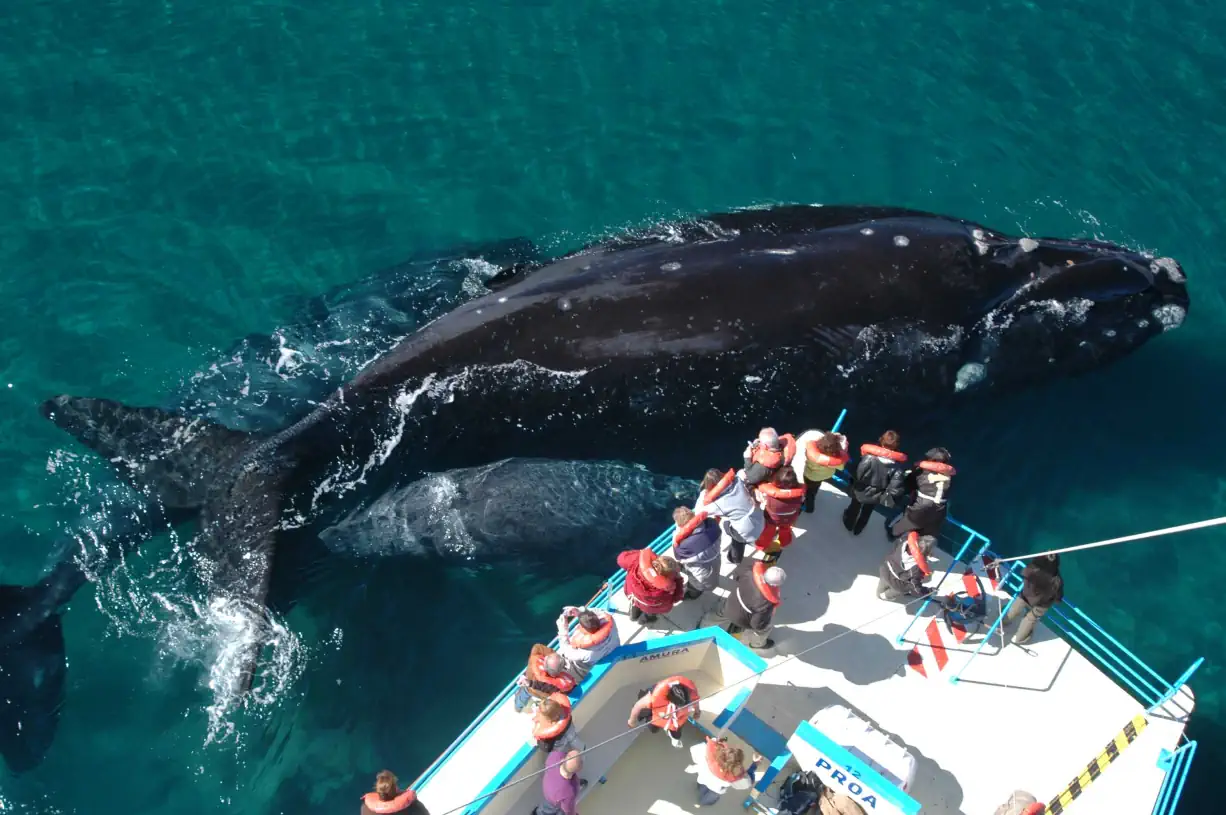
Peninsula Valdés, located on the Patagonian Atlantic coast of Argentina in the Chubut Province, is a natural sanctuary renowned for its diverse wildlife and breathtaking landscapes. This UNESCO World Heritage Site offers visitors a unique opportunity to experience some of the most extraordinary wildlife spectacles in the world.
Wildlife in Peninsula Valdes
Peninsula Valdés is a heaven for wildlife enthusiasts, offering a plethora of attractions and species to observe. Some of the key highlights include:
Whale Watching
One of the most iconic activities in Peninsula Valdés is whale watching. Between June and December, Southern Right whales migrate to the region to mate and give birth. Visitors can witness these magnificent creatures from the shores or on boat tours departing from Puerto Pirámides. Moreover, Southern Right Whales can be spotted from the coast in different areas of the Golfo Nuevo (which includes part of Peninsula Valdes, Puerto Madryn, and beaches in between), with a special place that is excellent to do this activity: Playa El Doradillo. To learn more about Whale Watching, we invite you to read our post Whale Watching in Puerto Madryn.
Orcas
Peninsula Valdés is famous for its unique population of orcas. These intelligent predators are known for their remarkable hunting technique, which involves intentionally beaching themselves to catch seals and sea lions. The best time to observe orcas is from February to April and October to November. However, spotting Orcas while they hunt is something very difficult to achieve. Read our Orcas in Argentina post for more information.
Sea Lions and Elephant Seals
The peninsula is home to large colonies of South American sea lions and southern elephant seals. Punta Norte and Punta Delgada are prime locations to observe these marine mammals, especially during their breeding seasons.
Penguins in Peninsula Valdes
From September to March, the Estancia San Lorenzo (inside the Peninsula), Punta Tombo reserve (2.5 south of Peninsula Valdés), and other spots in the area, host some of the largest colonies of Magellanic penguins in the world. Visitors can walk among these charming birds and observe their behaviors up close. Learn more about these amazing birds, including other penguin types apart from the Magellanic, in our Patagonia Penguins post.
Bird Watching
Peninsula Valdés is a bird watcher’s paradise, with over 180 species recorded in the area. Highlights include the great Rhea (also known as Choique ), black-necked swan, Petrels, and a variety of shorebirds and seabirds. Learn more about birds in our Birds of Patagonia post (including other areas apart from Peninsula Valdes).
Other animals in Peninsula Valdes
There are other species that inhabit Peninsula Valdes, such as the Guanaco, the Pichi Patagonian Armadillo, Gray Fox, Patagonian Mara, Patagonian Skunk, Cuis Chico (microcavia australis), among other animals.
Unique Landscapes
The peninsula’s landscapes are as diverse as its wildlife. From expansive beaches and towering cliffs to arid steppes and salt flats, Peninsula Valdés offers stunning scenery at every turn. The Caleta Valdés, a narrow strip of land separating the Valdés inlet from the open sea, is particularly picturesque and a great spot for photography. Most of the terrain is arid, with the characteristics plants (mostly bushes) of the plateau.
Location and Accessibility
Peninsula Valdés is situated in the northeastern part of Chubut Province, about 1,400 kilometers south of Buenos Aires. The nearest city is Puerto Madryn, which serves as the gateway to the peninsula. Visitors can reach Puerto Madryn by air, with flights from Buenos Aires, or by bus and car. However, the most used airport is in the city of Trelew, about 65 km from Puerto Madryn, and hub of connection with Buenos Aires, Ushuaia, and El Calafate.
Where to Stay
Inside the Peninsula, visitors can stay in one of the lodges in the village “Puerto Pirámides”, or one of the ranches across the Peninsula. Rincón Chico and La Ernestina are the most exclusive choices for this purpose. Furthermore, Estancia Rincón Chico is probably the most representative mammal’s ocean wildlife sanctuary in the world. On the other hand, many people rather prefer the city of Puerto Madryn as the choice for accommodation, since it has a wide variety of options for places to stay, and is a great hub to visit other attractions such as Punta Loma, Punta Tombo, and the valley of the Chubut River (Gaiman and Welsh Patagonia Tours).
Other interesting Facts
- UNESCO World Heritage Site: Peninsula Valdés was designated a UNESCO World Heritage Site in 1999 due to its significant biodiversity.
- Largest Elephant Seal Colony: The peninsula hosts the largest breeding colony of southern elephant seals on the mainland of South America.
- Geological History: The peninsula is a raised plateau that was once an island. It is connected to the mainland by the Isthmus of Carlos Ameghino.
Conservation Efforts
Peninsula Valdés is not only a site of natural beauty but also a hub for conservation. Efforts are continually made to protect the unique ecosystems and the wildlife that inhabits them. This includes research on marine mammals, the monitoring of bird populations, and the regulation of tourist activities to minimize human impact.
When to visit Peninsula Valdes
When planning a visit to Peninsula Valdés, it’s essential to consider the best times to see specific wildlife. The most popular time to gather the most amount of species at the same time, is from mid September till mid November. Check the Fauna Calendar for more information.
Peninsula Valdes tours, Puerto Madryn, and other destinations
We are a local travel agency based in Argentina, that offers personalized tours in Patagonia and other regions in Argentina and Chile. Contact us, and let us know your travel plans so we can help you to design the best possible trip for you. As a great way to start, get inspired by our travel samples:
Peninsula Valdes Wildlife Tour
Tour Punta Tombo & Puerto Madryn
Puma Tracking Tour and Orca Watching
Orca Whale Watching in Patagonia Argentina
Iguazu Falls, Peninsula Valdes and the Wetlands
Where to see Penguins in Patagonia
Let’s start planning your next experience!
0





